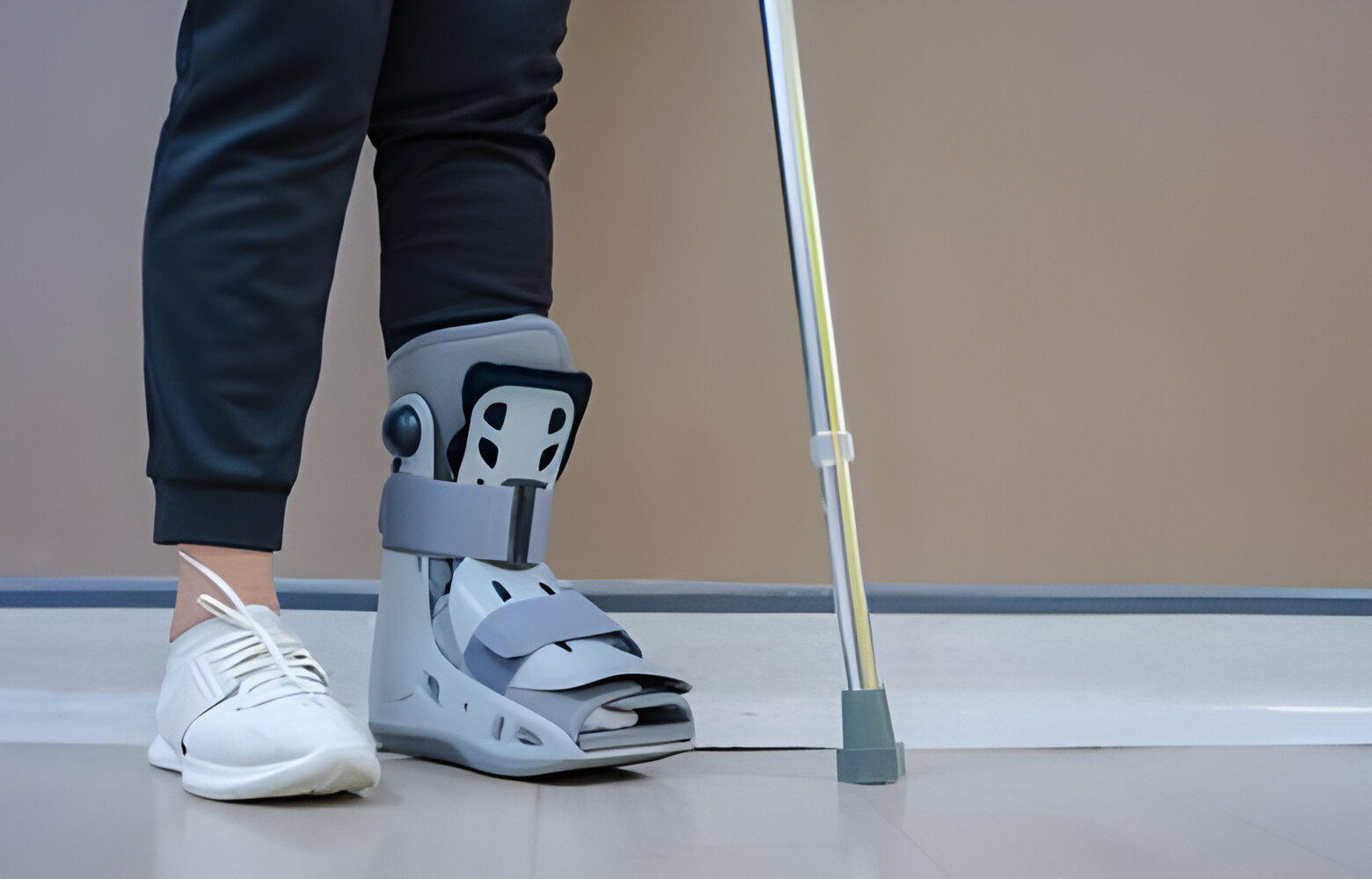How Does A Walking Boot Help A Sprained Ankle
A sprained ankle is a common injury that can significantly impair mobility and cause discomfort. When it comes to treating a sprained ankle, one effective method is the use of a walking boot. In this article, we’ll explore how walking boots help in the recovery process and aid in restoring normal function to the affected ankle.
Understanding Sprained Ankle
A sprained ankle occurs when the ligaments surrounding the ankle joint are stretched or torn, typically due to twisting or rolling the ankle. This injury can result in pain, swelling, and difficulty bearing weight on the affected foot. It’s essential to understand the severity of the sprain and the underlying causes to ensure appropriate treatment.
Role of Walking Boot
Walking boots play a crucial role in the treatment of sprained ankles by providing immobilization and support to the injured joint. By restricting movement, the boot helps prevent further damage to the ligaments and promotes healing. Additionally, the compression provided by the boot helps reduce swelling and inflammation, which are common symptoms of a sprained ankle.
Choosing the Right Walking Boot
When selecting a walking boot for a sprained ankle, it’s essential to consider factors such as the severity of the injury, the individual’s size and weight, and any specific medical requirements. There are various types of walking boots available, including pneumatic and non-pneumatic designs, each offering different levels of support and comfort.
Read Also: How Do You Buckle Hunter Boots
How to Use a Walking Boot
Using a walking boot correctly is essential for optimal recovery. Begin by carefully putting on the boot and adjusting the straps to ensure a snug fit without causing discomfort. It’s important to wear the boot for the prescribed duration, gradually transitioning to normal footwear as the ankle heals.
Benefits of Using a Walking Boot
The use of a walking boot offers several benefits for individuals with sprained ankles. Not only does it provide stability and support, but it also allows for increased mobility during the recovery process. By preventing further injury to the ankle, a walking boot facilitates faster healing and reduces the risk of long-term complications.
Tips for Comfort and Care
To ensure maximum comfort and effectiveness, it’s essential to properly fit the walking boot and adjust it as needed. Additionally, managing discomfort by elevating the ankle, applying ice packs, and taking over-the-counter pain relievers can help alleviate symptoms. Maintaining proper hygiene by keeping the boot clean and dry is also crucial for preventing skin irritation and infections.
Recovery Process
Rehabilitation exercises, such as range-of-motion and strengthening exercises, are essential for restoring strength and flexibility to the injured ankle. Gradually increasing activity levels and returning to regular activities under the guidance of a healthcare professional can help facilitate a full recovery.
Potential Risks and Precautions
While walking boots are generally safe and effective, there are potential risks associated with their use, such as skin irritation and pressure sores. It’s essential to follow the manufacturer’s instructions and consult a healthcare professional if experiencing any discomfort or adverse effects.
Read Also: How Are Ballet Shoes Supposed to Fit?
Conclusion
In conclusion, walking boots are valuable tools in the treatment of sprained ankles, providing stability, support, and compression to facilitate healing. By understanding how to use a walking boot effectively and following proper care guidelines, individuals can expedite the recovery process and return to their daily activities with confidence.







